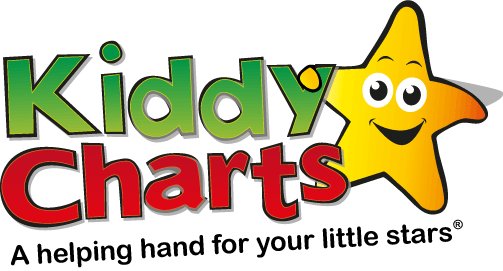Beanstalk, the children’s literacy charity, in partnership with LuCiD and Dolly Parton’s Imagination Library, has devised Story Starters, a new programme that enables pre-school children to become ready to read. Each child will receive a 20 minute, one to one session with a reading helper twice a week as well as a free book for them to keep, every month. These sessions are fun, interactive and encourage children to begin to build up their skills that will enable them to become ready to read when they reach primary school.

You might ask ‘why is it so important for a child to become ready to read at such a young age?’. If a child is able to develop their language skills and their emergent literacy skills (in plain English, this describes the knowledge that a child has that relates to reading and writing before they learn how to read and write words) at an early age, they will start primary school ready to learn and read and create a much better life story for themselves. Children with less developed language cannot fully understand or engage in learning and might fall further behind their peers, starting primary school at a disadvantage.
Story Starters is being launched across the country including the North East, Kent, London and Stoke on Trent. Beanstalk is currently looking for volunteers in many areas, especially London across most boroughs. For more information on volunteering, visit www.storystarters.org.uk, or call Beanstalk on 0845 450 0301.
Tips to help your pre-school child become ready to read.
- Both child and adult should be paying attention to the same book or reading resource
- Get face to face – adjust to the child’s level so you can easily use eye contact to check they are listening and engaged;
- Use the child’s name to gain their attention before speaking and to bring their attention back to the book.
- Base your ‘book talk’ on what the child’s attention is actually focussed on (e.g. what’s under the flap!)
- Choose the books and reading related activities that you offer carefully
- Ensure you choose books and activities that create opportunities and the need to communicate. Try using a book that had flaps so you can ask the child ‘what do you think is under this flap?’
- Do incorporate some books that are based on rhymes and songs, also books that have a clear emphasis on the form of words (i.e. lots of alliteration). Books that contain these boost a child’s awareness of how words are made up through a combination of different sounds.
- Let the child choose the book
- Think about what language to use
- Try to use books that have a wide range of different words and sentence structures. Also, books that contain both familiar and unfamiliar actions, objects or abstractions (i.e. feelings)
- Try using specific vocabulary, for example, specify what you are asking them to identify. ‘What colour is this tree I’m pointing at?’ rather than ‘what is that?’
- Use comments and open questions
- Be responsive to what children do and say
- Both child and adult should take turns in talking, it should not always be just the adult or just the child talking.
- Pause to give the child an opportunity to talk, comment and respond to a question. Try to pause for 10 seconds.
- Listen to what children say and respond in a deliberate way. For example, with a younger child, try to expand their language. If the child says ‘Ball small’, you could respond with ‘yes, that ball is small’.
- Correct children’s errors without interrupting the flow
- If children say words that aren’t clear or sentences that aren’t grammatically correct, simply repeat what they’ve said using the right words or sentence structure rather than trying to make them say it correctly.
- Regular use of positive and correct language models will elicit change in the child’s language skills over time

Below are some great books to read with under 5 year olds
You Choose (Nick Sharratt and Pippa Goodheart) is brilliant for engaging children, every time you read this book with your child, a different experience unfolds as you pick different outfits, furniture etc. It is a magical journey to inspire talking and discussion between the child and adult.
Slug Needs A Hug (Jeanne Willis) is perfect for making the child think about rhyming and sounds, ask the child what rhymes with their name, or cat. Try and encourage them to think about more than one thing that rhymes with cat. Try using different voices when reading this book and you can really make children laugh!
Tip: to try and engage a child, pick out an item in the book and sing a song or rhyme that they already know. For instance, if there is a bus on the page, point at it and sing The Wheels on the Bus
Funnybones (Ahlberg) a great classic to use with children. Not only is it funny and will have the children laughing, but it’s good for getting children to spot picture clues. Also, hugely beneficial for the repetition of words, children under 5 need repetition to learn new words.
Peekaboo Farm (Emily Bolam) an adult can engage in conversation with the child to ask what animal they think is under the flap. Ask the child to make the noise that is written on the flap and turn over to find out what animal it is.
Tip: In every book you read, play around with words and sounds – think of words that begin with the same sound or words that rhyme.
